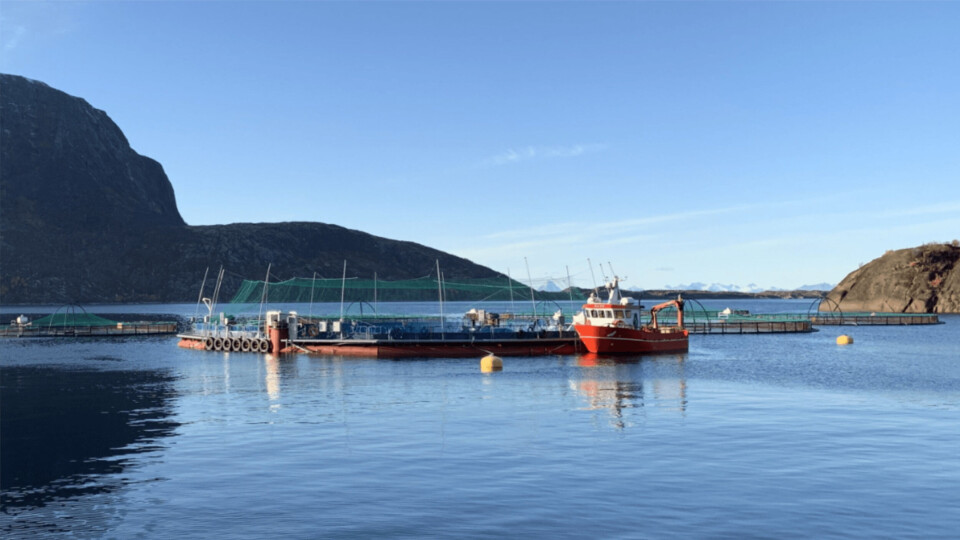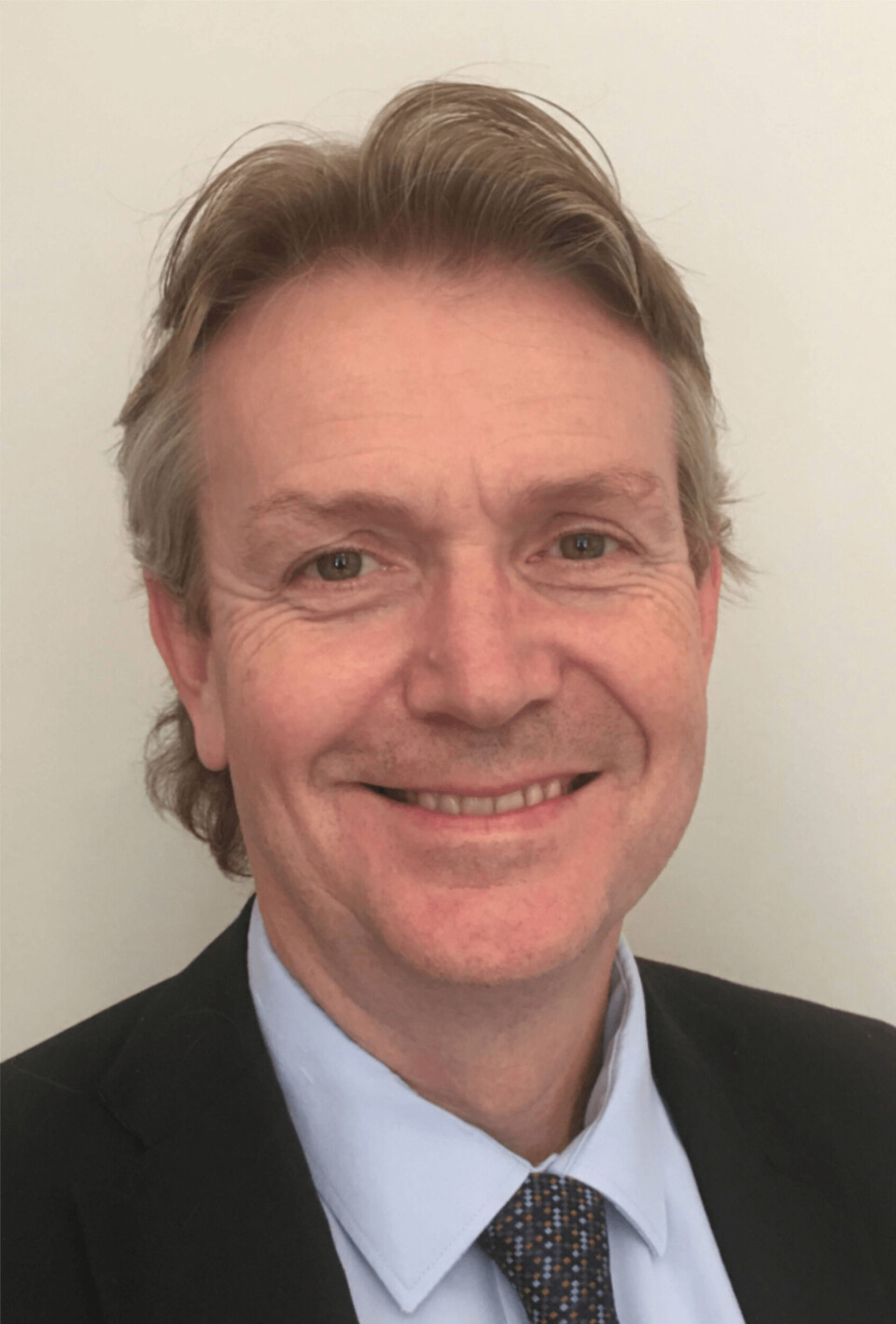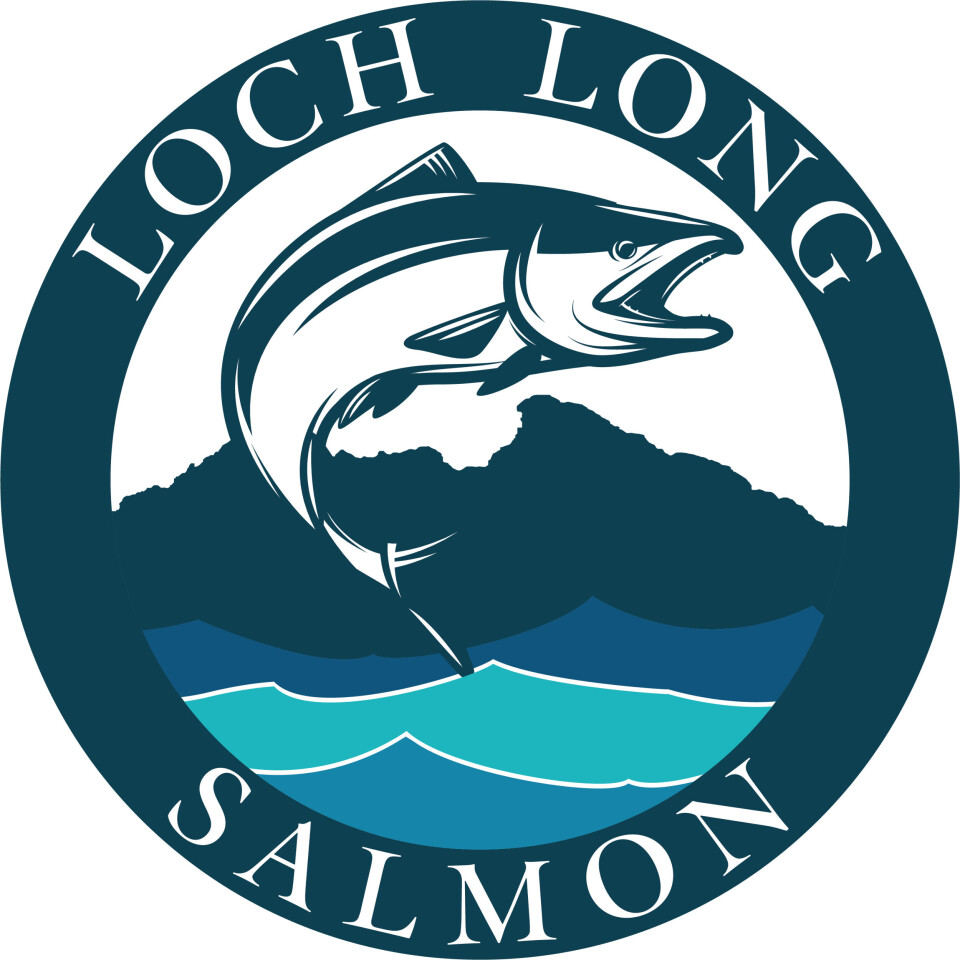
New salmon company plans semi-closed containment farms in Scotland
A pioneering new company today revealed plans to grow between 15,000 and 20,000 tonnes of salmon per year in semi-closed containment systems (SCCS) in Scottish lochs.
And in a world first, Loch Long Salmon (LLS) intends to capture between 80% and 90% of the faeces produced by the fish for use either as fertiliser or in energy production via anaerobic digestion.
It will also be the first company to grow fish all the way to harvest size in semi-closed containment.
4,000-tonne farms
Loch Long Salmon is a joint venture between Trimara Services, run by former Dawnfresh trout farming director Stewart Hawthorn, and Simply Blue Aquaculture (SBA), part of blue economy developer Simply Blue Energy. Hawthorn and SBA’s Christoph Harwood are the directors of Loch Long Salmon.
They intend to use 30,000m³ enclosures to grow their fish, with smolts planned to go into the first farm in the first quarter of 2023. Each enclosure – a net enclosed by an impermeable tarpaulin bag - will house up to 1,000 tonnes of fish and there will be four in each of five planned farms.
Water will be pumped into the top of the enclosure from a depth of around 20 metres or lower - beneath the water layer occupied by sea lice and harmful plankton - and will exit from outlets near the bottom of the bag. There will be a full change of water every 50 minute, and a supplementary oxygen supply.
The first farm is intended to be established at a site called Beinn Reithe in Loch Long. The company has been looking at a range of potential sites of the west of Scotland mainland for its other farms. They must be at least 30 metres deep and have a significant wave height of no more than 2.5 metres.

Liquid oxygen
LLS will use liquid bulk oxygen at Beinn Reithe but may generate its own at other sites, depending on how far they are from oxygen producers.
“From a farming perspective, having a big tank where you can just turn on a tap is a good thing,” Hawthorn told Fish Farming Expert.
The farms will use shore power backed up by two separate sets of generators.
Eliminating sea lice
LLS plans to buy its semi-closed containment technology from Norway and has narrowed its choice down to two suppliers. One of these is Fiizk, which has supplied SCCS for Japanese-owned salmon Cermaq in Norway and Canada.
“We are very excited to be bringing semi-closed farming technology to Scotland,” said Hawthorn.
“These systems will eliminate sea lice by preventing the parasites from establishing a breeding population on the farmed salmon. Semi-closed systems have been used in Norway for over eight years and studies show the success after many farming cycles. Our philosophy is that we should eliminate rather than treat the problem – and we can do that with these systems.”

First tranche
LLS has engaged corporate finance advisory firm Johnston Carmichael to assist in raising the first tranche of £3 million to support the initial phase of development.
That money is to secure the Beinn Reithe site – for which LLS has a Crown Estate Scotland lease option agreement – and to see it through the permitting process. When the company reaches the capital expenditure stage it will require considerably more.
“It is going to be tens of millions of pounds of inward investment,” says Harwood, whose company specialises in delivering turnkey solutions for large capital projects.
“We have had very positive conversations with people to fund that.”
Twice the price
LLS expects £120m of investment going into rural Scotland during set up of the farms, then £45m a year being spent during the farming cycle. Twelve full-time staff will be employed at the Beinn Reithe site in Loch Long.
The cost of a semi-closed containment farm, on a maximum allowed biomass per kilo basis, is around double that of a conventional net pen farm, says Hawthorn, but the benefits of the system mean LLS expects to produce fish at the same cost per kilo as conventional farms.

No lice treatment costs
The primary benefit is that there will be no need for sea lice treatment, say the LLS directors. This saves money and avoids interruptions in feeding and stress to the fish.
Hawthorn and Harwood also expect their salmon to be healthier and to have a better feed conversion ratio (FCR).
Regulators have welcomed the plans for semi-closed containment and are working out how the farming method will fit into the rules, said the directors.
“We have had very good meetings with all the regulatory bodies,” said Harwood. “SEPA (Scottish Environment Protection Agency), SNH (Scottish Natural Heritage) and Marine Scotland have all given us time and resources.
“We have been very encouraged by the positive feedback from all the regulatory bodies.”
Read more about Loch Long Salmon’s plans in the online edition of Fish Farming Expert magazine, out soon.






















































